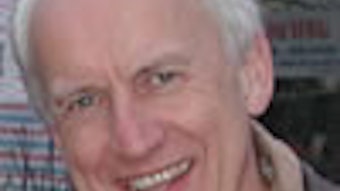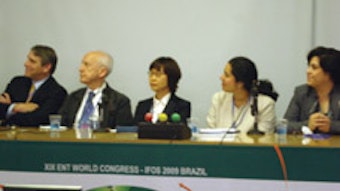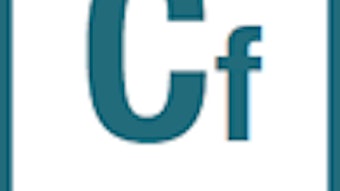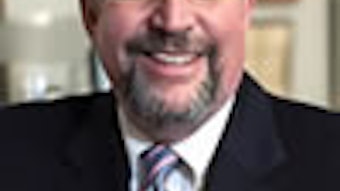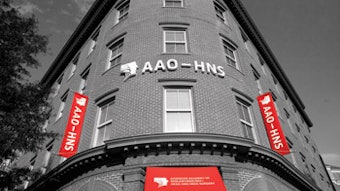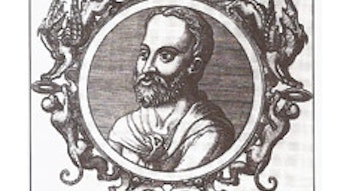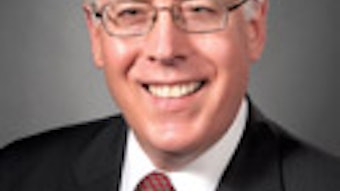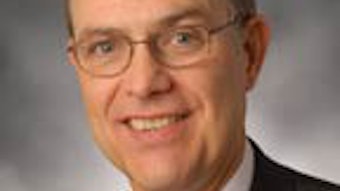ENT Careers: An Academy Advantage Premier Partner
Looking to hire? In search of a job? We take everything you need and put it all in one place. The Academy’s online career center, ENT Careers, is your destination for advancement. ENT Careers can be found on the AAO-HNS website by clicking the “Education & Research” tab, then clicking on the “ENT Careers” banner or by visiting www.healthecareers.com/aaohns. Whether you’re searching for top-tier talent or for a better opportunity, ENT Careers provides the industry’s premier jobs and the tools to reach today’s top ENT candidates. With our unique connection to the ENT community, ENT Careers offers exclusive jobs and connects candidates to employers in less time. Job Seekers Find the Right Jobs more quickly: Search more than 150 job listings by specialty, keyword, and company name. Get Job Alerts: We bring the search to you. Register for emails about jobs that match your exact skills and interests. Read Career Advice: Access articles about resumes, interview tips, and landing the right position. Connect at Events: Utilize the Event Connection feature to see who’s attending the 2013 annual meeting and plan a time to network with potential employers. Use for Free: Search and apply to all jobs at no cost. Employers Targeted Recruitment: Receive qualified response from ENT candidates on the most active job board in the industry—more than 3,800 monthly visits! Advertising Products: Enable you to target candidates and broadcast your brand to large audiences, complementing your postings and increasing response. Customer Service: We provide expert consultation throughout your entire contract term to maximize your postings. Résumé Search: Subscribe and search the extensive and growing listing of candidate résumés in the database. Event Connection: Online feature that connects you with candidates who are attending the 2013 annual meeting for possible in-person meetings. With all the enhanced features, ENT Careers provides the building blocks and tools needed for professionals to parlay into a streamlined job search. And for employers, ENT Careers extends a direct line to AAO-HNS members, the best in the field. Get started today and visit www.healthecareers.com/aaohns to browse all the open ENT positions or to post jobs to the association job board. Need to talk to someone in person? We are here for you. Personal customer care is available at 888-884-8242 or info@healthecareers.com. Note: Along with ENT Careers, both the journal, Otolaryngology-Head and Neck Surgery, and this Bulletin, offer advertising opportunities—check each online at www.entnet.org.

Whether you’re searching for top-tier talent or for a better opportunity, ENT Careers provides the industry’s premier jobs and the tools to reach today’s top ENT candidates. With our unique connection to the ENT community, ENT Careers offers exclusive jobs and connects candidates to employers in less time.
Job Seekers
- Find the Right Jobs more quickly: Search more than 150 job listings by specialty, keyword, and company name.
- Get Job Alerts: We bring the search to you. Register for emails about jobs that match your exact skills and interests.
- Read Career Advice: Access articles about resumes, interview tips, and landing the right position.
- Connect at Events: Utilize the Event Connection feature to see who’s attending the 2013 annual meeting and plan a time to network with potential employers.
- Use for Free: Search and apply to all jobs at no cost.
Employers
- Targeted Recruitment: Receive qualified response from ENT candidates on the most active job board in the industry—more than 3,800 monthly visits!
- Advertising Products: Enable you to target candidates and broadcast your brand to large audiences, complementing your postings and increasing response.
- Customer Service: We provide expert consultation throughout your entire contract term to maximize your postings.
- Résumé Search: Subscribe and search the extensive and growing listing of candidate résumés in the database.
- Event Connection: Online feature that connects you with candidates who are attending the 2013 annual meeting for possible in-person meetings.
With all the enhanced features, ENT Careers provides the building blocks and tools needed for professionals to parlay into a streamlined job search. And for employers, ENT Careers extends a direct line to AAO-HNS members, the best in the field.
Get started today and visit www.healthecareers.com/aaohns to browse all the open ENT positions or to post jobs to the association job board. Need to talk to someone in person? We are here for you. Personal customer care is available at 888-884-8242 or info@healthecareers.com.
Note: Along with ENT Careers, both the journal, Otolaryngology-Head and Neck Surgery, and this Bulletin, offer advertising opportunities—check each online at www.entnet.org.


